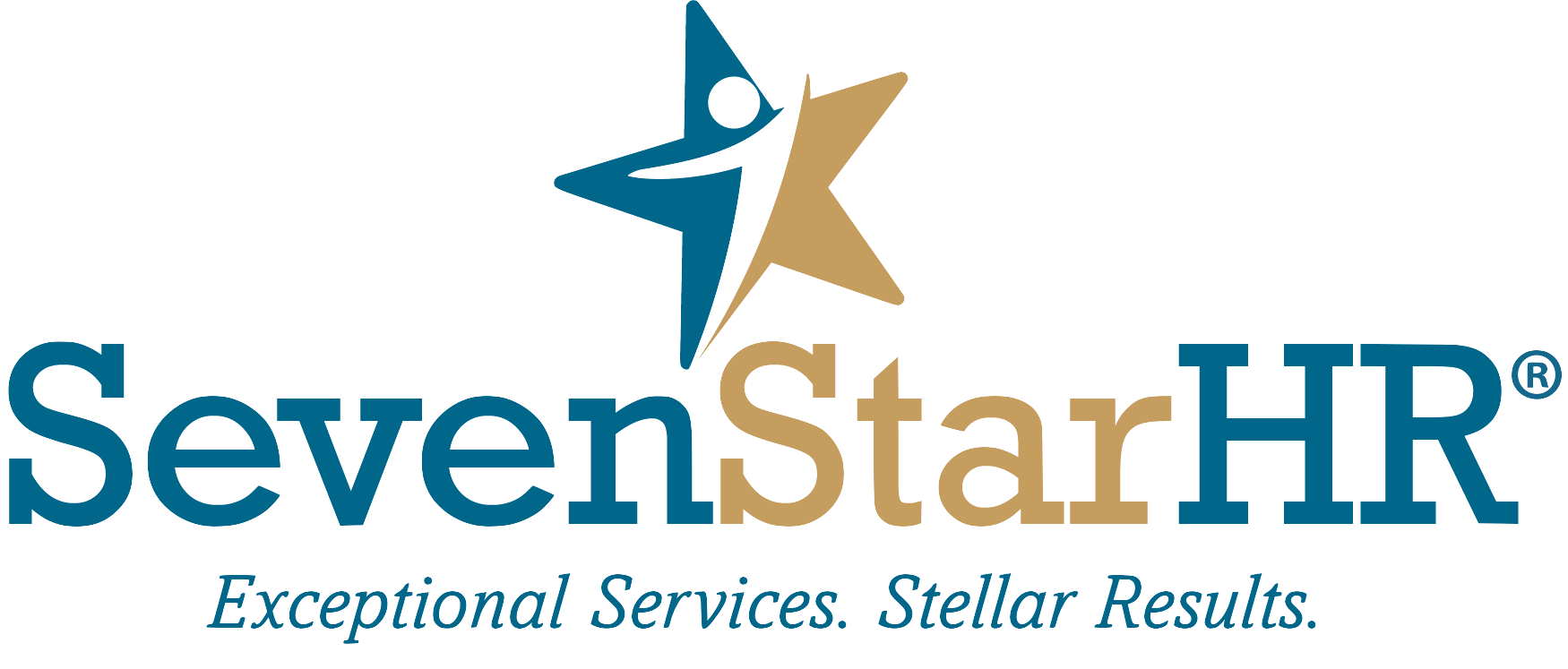Important Deadline Approaching: Action Required for Form I-9 Compliance
Employers across the United States need to take immediate action to update and correct their Form I-9, Employment Eligibility Verification. The Department of Homeland Security (DHS) has announced the expiration of temporary COVID-19 flexibilities related to the physical inspection of employee documents. Failure to comply with these new regulations could lead to significant penalties.
The Impact of COVID-19 on Form I-9
Prior to the COVID-19 pandemic, remote hires presented a challenge for employers in executing the I-9 verification process, as physical inspection of identity and employment eligibility documents was always required. However, the pandemic necessitated temporary flexibilities, allowing virtual or copied document inspections. It's important to note that these flexibilities were not applicable to remote hires specifically. They were designed for employees temporarily displaced from the workplace due to COVID-19, and in-person verification remained mandatory for those reporting to physical workplaces.
Expiration of Flexibilities and Employer Obligations
The DHS has set a deadline of July 31, 2023, for the expiration of COVID-19 flexibilities. Employers must complete the physical inspection of all identity and employment eligibility documents that were virtually reviewed between March 20, 2020, and July 31, 2023, by this deadline. The corresponding Forms I-9 must be annotated by August 30, 2023, to indicate that the documents have been physically examined.
Best Practices for Employers
To ensure compliance with the new regulations, employers should consider implementing the following best practices:
Create an employee roster: Prepare a comprehensive list of employees hired after March 20, 2020, whose documents were inspected remotely. This roster will help identify employees whose original documents need to be inspected in person before the August 30 deadline.
Conduct physical inspections: Require employees to present their original documents in person for inspection, with rare exceptions for printed I-94s and other outliers. Employers should update the Form I-9 in Section 2 or Section 3 (for reverification) as necessary, noting the date of the physical inspection and annotating "documents physically examined."
Utilize authorized representatives: If remote employees are located far from employer worksites, employers may designate authorized representatives to conduct the in-person document review. Employers must ensure these representatives comply with state and federal laws.
Handling expired documents: Remotely inspected documents that have expired can still be reviewed in person. Employers should not request new documents, but they must not rely on an expired document for ongoing work authorization. Valid List A or List C work authorization documents should be presented during the physical inspection.
Former employees: If an employee has separated from employment, a simple annotation in their Form I-9 "Additional Information" box, including the date of separation, is sufficient. It is not necessary to track down former employees for original document review.
As the temporary COVID-19 flexibilities relating to the physical inspection of Form I-9 documents come to an end, employers must take immediate action to comply with the new regulations. Ensuring the physical inspection of identity and employment eligibility documents for remote hires is vital to avoid penalties.
USCIS has made available a comprehensive Q&A guide that addresses the most frequently encountered scenarios. However, due to the unique circumstances of individual employees, numerous additional inquiries may arise. Therefore employers should follow government guidance and consult with an immigration lawyer to ensure compliance.

